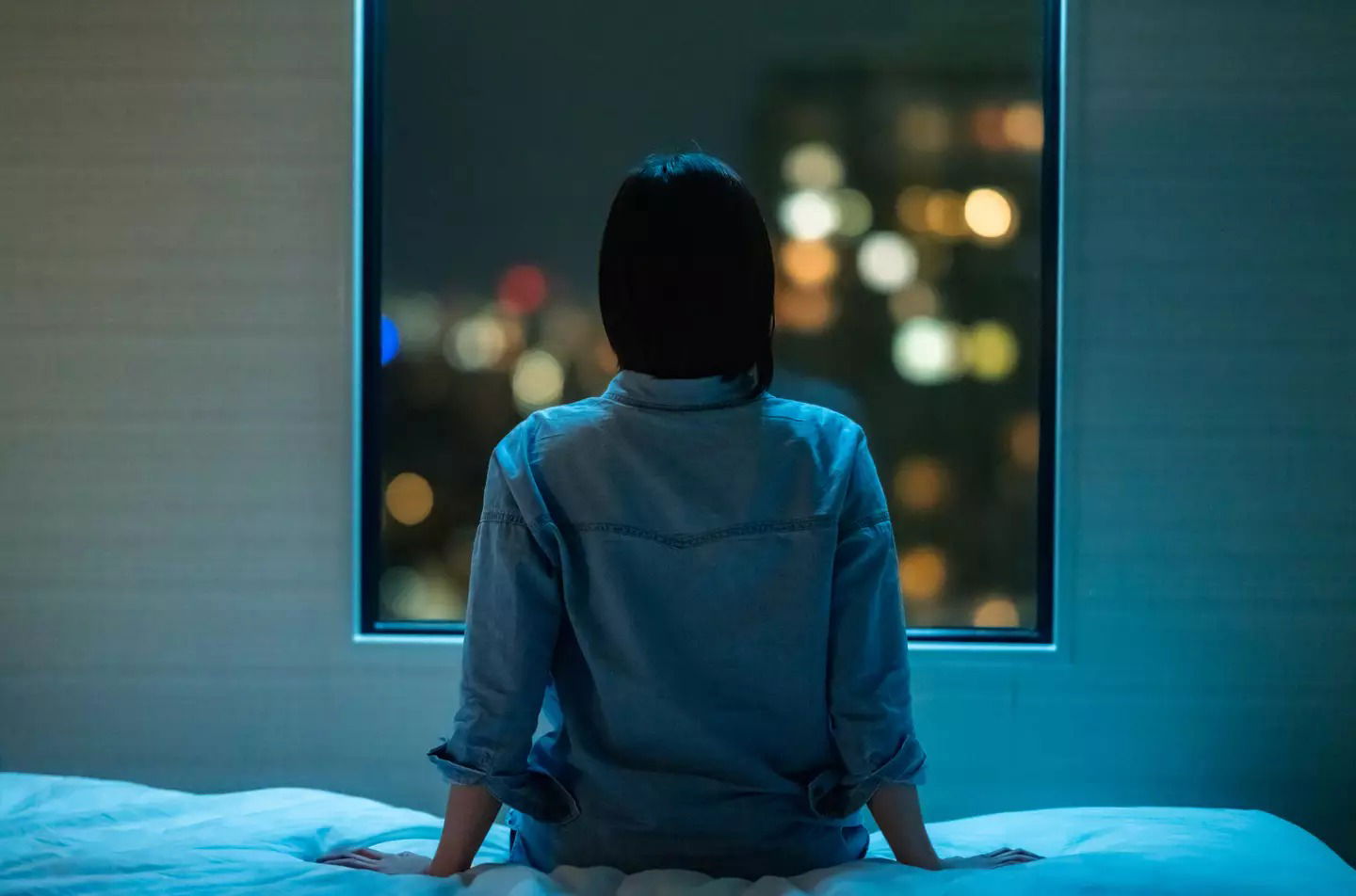
Sleep experts have identified numerous ways to alleviate nighttime worry.
You’ve just had a long, emotionally draining day at work, and now it’s time for bed.
Just as you’ve put on your coziest pyjamas, nestled yourself in your duvet, and landed on your pillow, a pang of anxiety hits you right in the gut.
Sounds familiar? Honestly, relate.
In some circumstances, you may not be able to pinpoint what caused this overwhelming sense of dread.
In others, it’s possible that family fears, career problems, or relationship issues have been playing on your subconscious all day, only to emerge when it’s time to turn off.
Whatever the circumstances, there’s nothing worse than a sense of dread wrapping around your heart, making you unable to sleep and wanting to burst into tears.

Why do these horrible feelings emerge before bed?
According to specialists at the mental health app Calm, there could be various reasons why you only feel burdened with these thoughts at night.
In many circumstances, work-related distractions, duties, and necessary tasks can keep our attention occupied throughout the day, preventing them from drifting to our most important issues.
Going to bed, on the other hand, allows us to reflect on the day that has passed, giving us time to express our anxieties, fears, regrets, and troubles.
It has also been discovered that excessive screen time, coffee overconsumption, and a lack of routine can all cause feelings of fear, especially when the person is attempting to relax.

Some people suffer from somniphobia, which is the fear of falling asleep or of what may happen when sleeping.
Fortunately, there are various ways to manage this very unique sort of anxiety:
Mindfulness and breathing
Experts at Calm strongly recommend mindful meditation before going to bed to reduce stress.
You can develop inner acceptance that helps you to sleep peacefully by taking 10 to 15 minutes to breathe deeply and allow each idea to pass you by without focusing too much on it, inhaling and exhaling as you go.
Alternatively, if your anxiety manifests as quick, shallow, or frantic breathing, try the 4-7-8 approach.
This requires you to inhale softly through your nose for four counts, hold your breath for seven counts, and exhale gently through your mouth for another eight.
Repeating this numerous times will send safety signals to your neurological system.

Grounding
The 5-4-3-2-1 technique can be used to refocus your senses and, as a result, take your attention off what is bothering you.
You will concentrate on five items to see, four to touch, three to hear, two to smell, and one to taste.
This should focus attention on the present moment and shift it away from anxiety-inducing thoughts.
Visualisation
It may sound strange, but in some circumstances, visualizing your desired goal might help raise positivity and hence reduce negativity.
Calm says that by picturing a situation that ‘evokes serenity’ – such as lying on a beach or wandering through a meadow – you can enable those images, sounds, and fragrances to flood your head.
Apparently, this is especially useful when combined with breathing relaxation.

Sleep environment
Changing the atmosphere of your bedroom, such as modifying the lighting, bedding, or introducing music or white noise, can be quite beneficial in reducing anxiety.
This can indicate to your brain that it’s time to let go of the day’s stresses and relax.
Professional support
If you realize that work is causing you stress, you should discuss your concerns with your line manager.
You have every right to be upfront about your well-being, especially if you believe it is harming your job performance.
After all, nobody wants to be trapped in that vicious loop.
It’s possible that your employer recommends Cognitive Behavioural Therapy or counseling as a way to overcome anxiety – which is just OK.
Calm emphasizes that ‘if sleep anxiety persists and interferes with everyday life, visiting a mental health expert can be beneficial’.




















